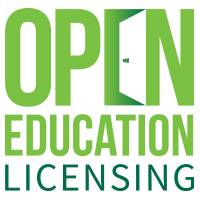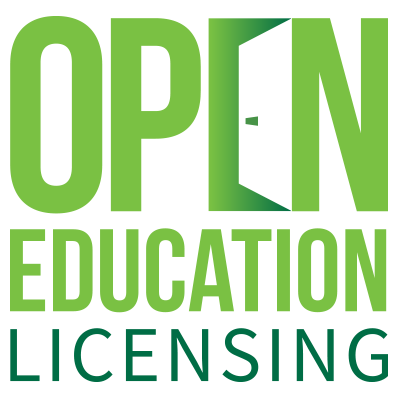Welcome to our new OEL blog! As this is our first blog post we thought it was an interesting moment to discuss the interaction between open access (OA) scholarly resources and open educational resources (OER). Yesterday Nature Publishing Group (NPG) announced that it was now using CC BY as the default licence across its OA journals. http://blogs.nature.com/ofschemesandmemes/2015/01/26/a-recap-of-a-successful-year-in-open-access-and-introducing-cc-by-as-default
This is an important decision and points to one of the less discussed issues in the area of OER – the integration of third-party copyright material into OER. The increasing availability of OA journals provides a great opportunity for online course developers to focus on using information available under open licences. There are two main benefits from using these resources as source material in OER: 1) the ongoing accessibility of the material by all and 2) the ability to quote, re-use and re-mix the material in OER. NPG have decided to use the most open CC licence as it meets funder mandates and;
CC BY is widely considered to be the gold standard for open access, as it allows for maximum re-use and discovery.
Authors will have the option of requesting that a more limited CC licence (such as CC BY-NC-ND) be applied to their material, so developers will still need to check the licence for each item. But this does point to the greater likelihood of scholarly material from NPG being available for re-use and integration into OER in the future.
Robin





